Power Station of Art (上海当代艺术博物馆) is a contemporary art museum located in the Huangpu district of Shanghai, China. It is the first state-run museum dedicated to contemporary art in mainland China and one of the largest museums of its kind in Asia. The museum is housed in a converted power station and opened its doors to the public in 2012.
The Power Station of Art has a total exhibition space of over 41,000 square meters, with 13 exhibition halls on four floors. The museum’s permanent collection includes works by Chinese and international contemporary artists, as well as special exhibitions featuring emerging and established artists from around the world.
The museum aims to promote and showcase contemporary art and culture through exhibitions, education, and research. It also provides a platform for cultural exchange and collaboration between China and the rest of the world. The Power Station of Art has become a landmark institution for contemporary art in China and a must-visit destination for art lovers and enthusiasts.
Table of Contents
- Location and Transportation
- History of the Museum
- Highlights of the Power Station of Art
- Vlog about Power Station of Art
- Useful Tips Summarized from Reviews
- Other Institutions focusing on Comtemporary Art
Basic Information
| Website | https://www.powerstationofart.com/ |
| Estimated Length of Tour | 2 – 3 hours |
| Opening Hours | 11.00 – 19.00 throughout the year; Last admission: 18.00 Closed on Money except for National Holidays |
| Ticket Price | Free |
Location and Transportation
The address of the Power Station of Art Shanghai is No. 678 Miaojiang Road, Huangpu District, Shanghai, China. It is situated near several major landmarks, including the Bund, the Shanghai World Financial Center, and the Oriental Pearl Tower.
Bus: Take bus Puxi Bingjiang 1 (浦西滨江1路), get off at Miaojianglu Wangdalu (苗江路望达路), and walk about 100 meters to the north to reach the museum.
Subway: Take subway line 4 or 8, get off at Xizang South Road (西藏南路), and walk about 1 kilometer to the southeast to reach the museum.
History of the Museum
The Power Station of Art Shanghai has a fascinating history that spans over a century. The museum is housed in the former Nanshi Power Plant, which was built in 1897 during the Qing Dynasty and was the first power plant in Shanghai. The power plant played a significant role in the city’s industrial development, providing electricity to homes and businesses throughout the early 20th century.
In the 1980s, as Shanghai began to modernize and expand, the Nanshi Power Plant was decommissioned and fell into disuse. The building stood abandoned for over two decades, a reminder of Shanghai’s industrial past.
In the early 2000s, the city government of Shanghai began to look for ways to revitalize the Nanshi Power Plant and give it a new purpose. After much debate, it was decided that the building would be transformed into a contemporary art museum, with the aim of promoting and showcasing contemporary art and culture in China.
The renovation of the Nanshi Power Plant began in 2007, and the building was transformed into a state-of-the-art museum, while still retaining many of its original industrial features. The renovation was led by the Shanghai Xian Dai Architectural Design Group and took five years to complete.
The Power Station of Art Shanghai officially opened its doors to the public in October 2012. Since then, it has become one of the most important institutions for contemporary art in China and a significant cultural landmark in Shanghai.
Highlights of the Power Station of Art
Impressive Architecture

The architecture of the Power Station of Art is a unique blend of old and new, combining the building’s original industrial features with modern design elements. The museum is housed in a former power plant that has been carefully restored and renovated, retaining many of its original features such as the towering brick chimneys and large turbine hall. The exhibition spaces are housed in sleek, modern galleries that contrast with the rugged industrial elements of the building. The design of the museum creates a striking visual impact and provides a unique backdrop for the display of contemporary art. The architecture of the Power Station of Art is an integral part of the museum’s identity and is a highlight of any visit.
Permanent Collection
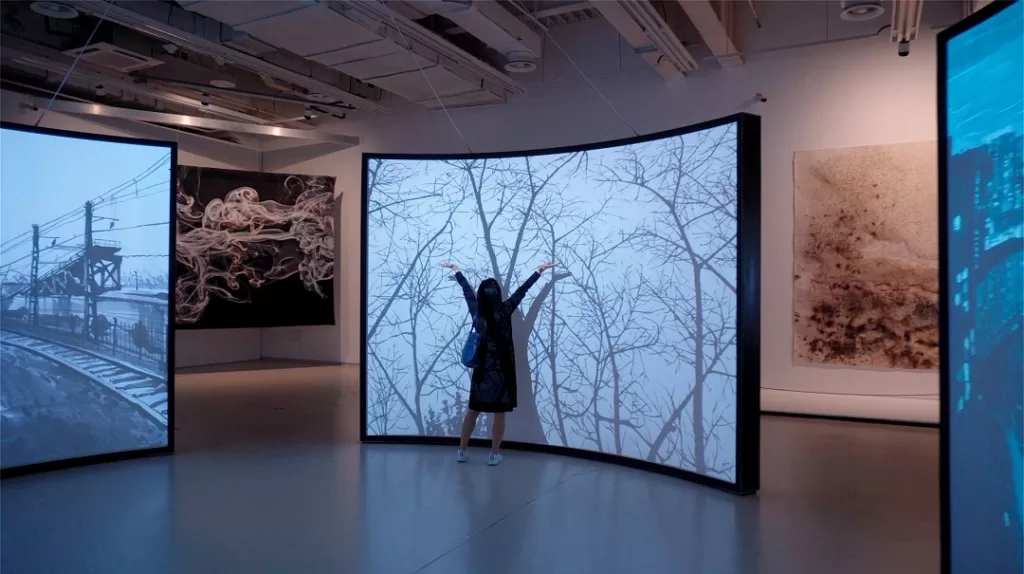
The permanent collection of the Power Station of Art is one of the most impressive collections of contemporary art in China, with over 11,000 works of art. The collection features a diverse range of mediums, including painting, sculpture, installation, photography, and video, and showcases the rich diversity of contemporary art in China. The collection includes works by renowned Chinese artists such as Zhang Xiaogang and Cai Guo-Qiang, as well as works by international artists like Gerhard Richter and Yayoi Kusama.
Special Exhibition
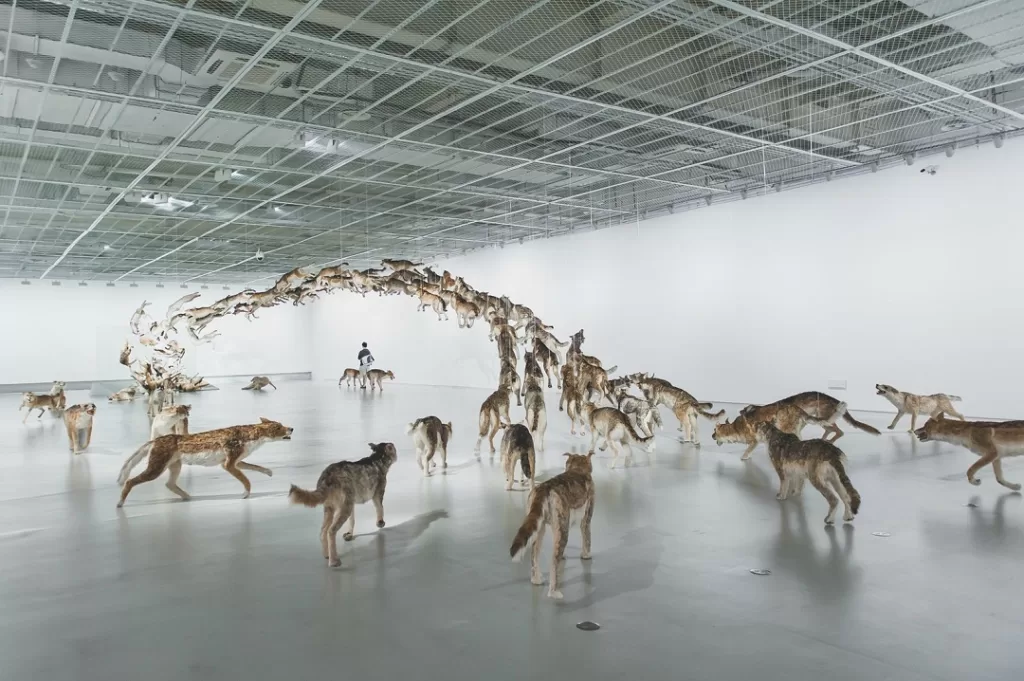
The Power Station of Art hosts a wide range of special exhibitions throughout the year, showcasing the works of emerging and established artists from around the world. These exhibitions cover a diverse range of themes and topics, from contemporary Chinese art to international contemporary art trends. The museum also collaborates with other institutions and curators to bring in exciting and thought-provoking exhibitions that challenge and inspire visitors. Past exhibitions have included retrospectives of renowned artists like KAWS and Olafur Eliasson, as well as exhibitions focused on issues such as environmentalism, social justice, and cultural identity.
Education and Outreach
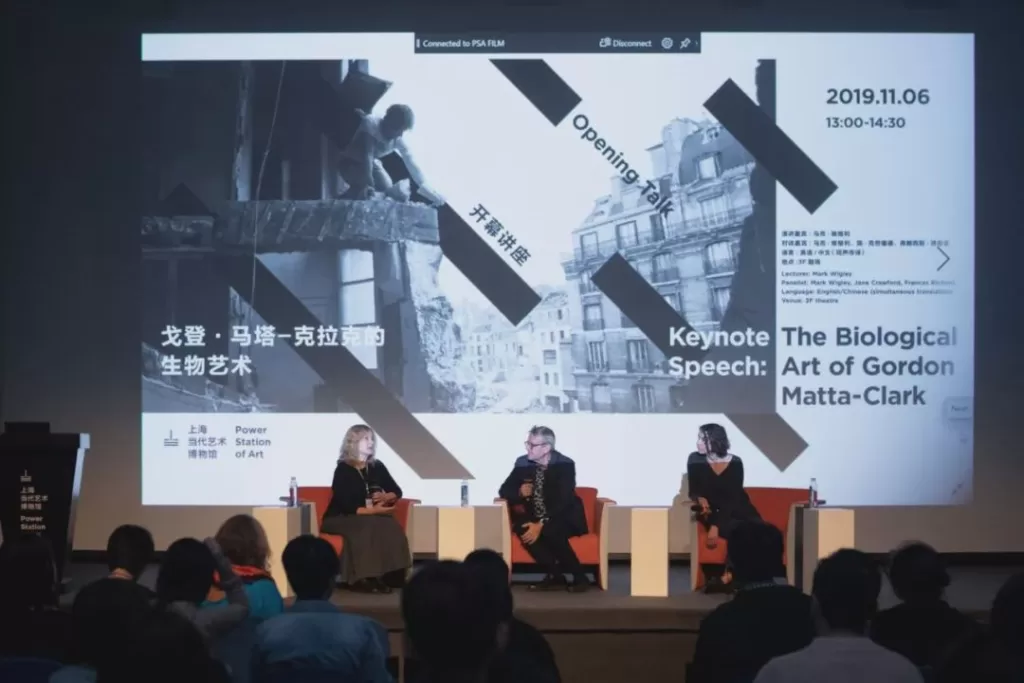
The Power Station of Art is committed to promoting art education and cultural exchange and offers a variety of programs and activities for visitors of all ages. These include guided tours, workshops, lectures, and other educational activities that aim to inspire and engage visitors with the world of contemporary art. The museum also offers outreach programs that work with local schools and community organizations to bring the arts to a wider audience. Through these programs, the Power Station of Art strives to foster a deeper understanding and appreciation of contemporary art and culture in China and beyond, while also promoting cross-cultural exchange and dialogue.
Vlog about Power Station of Art
Useful Tips Summarized from Reviews
Plan your visit ahead of time: Check the museum’s website for information on current exhibitions, opening hours, and admission fees. It’s also a good idea to purchase tickets online in advance to avoid long lines.
Bring your passport: Foreign visitors may need to show their passport at the ticket counter to receive discounted admission.
Respect the artwork: Make sure to follow museum guidelines and avoid touching or damaging the artwork. Photography may be prohibited in certain areas, so check signage before taking photos.

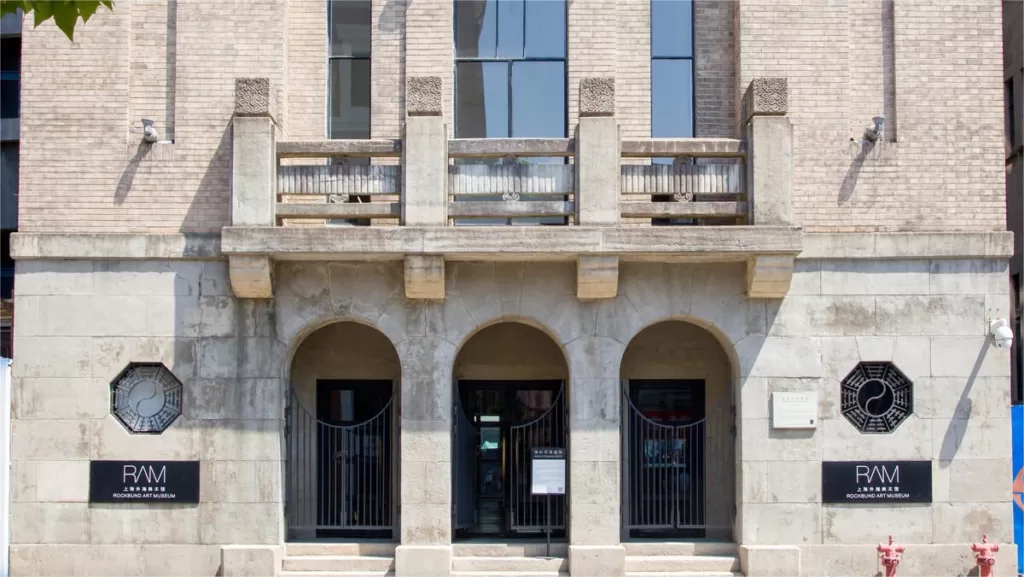
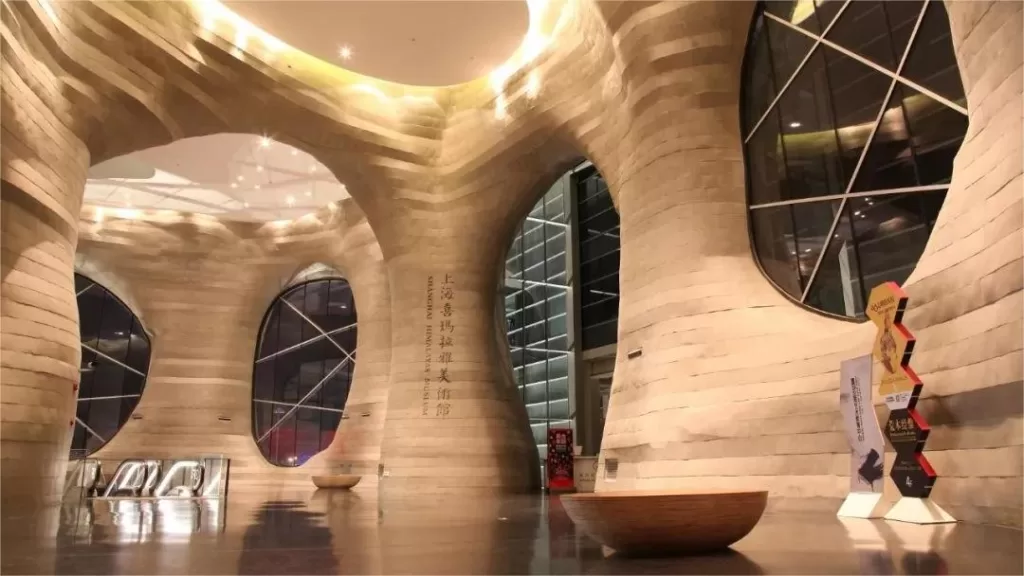


0 Comment